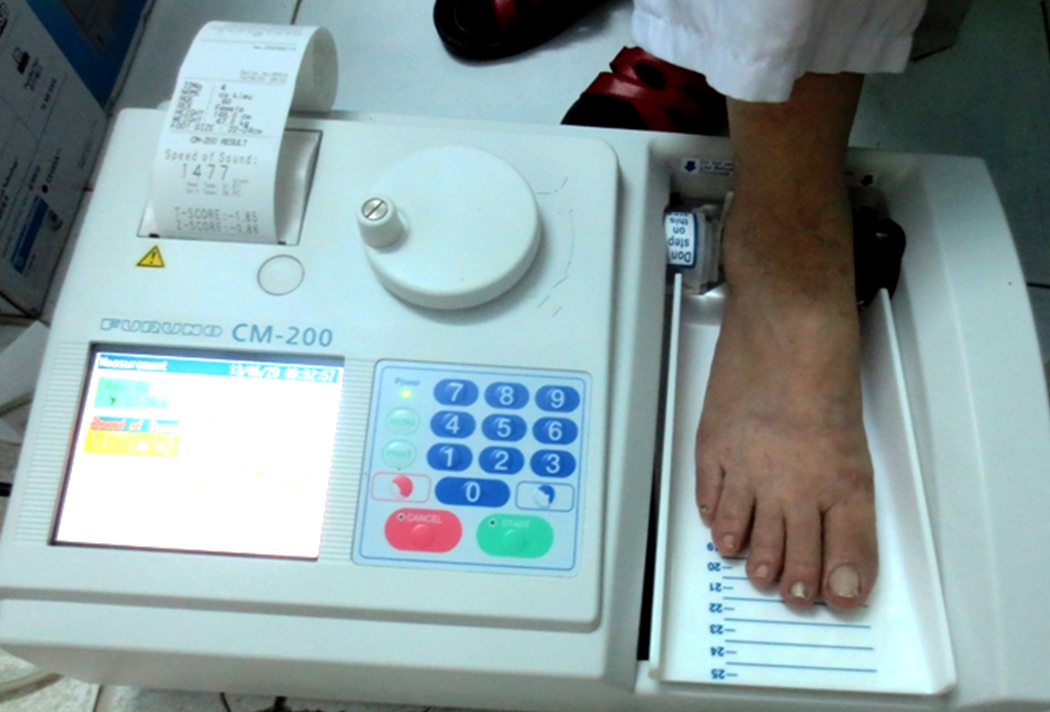A new report by the Academy of Medical Sciences states that the UK should be prepared for a possible new wave of coronavirus infection this winter. The report is based on the expertise of multiple Imperial researchers, including Professors Azra Gani, Wendy Barclay, and Peter Openshaw. It shows that there is a risk to the UK’s health from a new wave of COVID-19 and an increase in patients who need NHS care after the first wave.
These additional pressures come in addition to winter’s challenge for the NHS. Other infectious diseases are becoming more common, such as conditions like asthma. You can treat asthma with Iverheal 12 and Iverheal 6.
The report preparing for a difficult winter 2020/21′ stresses the importance of ‘intense preparation’ throughout July and August in order to minimize the chance of the health system becoming overwhelmed and save lives this winter. This includes:
- The community can reduce the transmission of coronavirus by implementing a public education campaign and advice to those most at risk.
- Organize health and social care workers and facilities in order to keep COVID-19 and COVID-19-free zones. Also, ensure adequate PPE, testing, and infection control measures system-wide to minimize transmission in hospitals, care homes, and other institutions.
- To deal with the overlapping symptoms of COVID-19, flu, and other winter infections, the test, trace and isolate program has been increased in its capacity.
- To monitor and manage the winter wave, a population-wide, comprehensive surveillance system is needed.
- Protecting against the worst flu effects by making concerted efforts to ensure that people at risk and health care workers are vaccinated.
Prepare for the worst
This report outlines the urgent need to prepare now to avoid a difficult winter ahead.
A worst-case scenario is one in which the effective reproduction value, R of SARS-CoV-2, rises to an assumed level of 1.7 in September. This would lead to a peak in-hospital deaths and admissions in January and February. There are an estimated 119,000 (95 percent credible interval 24,500-251,000) hospital deaths that could be associated between September 2020-2021. This is more than twice the number of deaths in the spring 2020 wave.
The report also estimates that the total waiting list in England could rise from 4.2 million (pre-COVID-19), to 10 million by the year’s end. The R number of 1.7 is the worst-case scenario. However, even with a lower R of 1.1-2.5, the health system will still be stretched. The R number in the UK was approximately 3 in March 2020. It is currently estimate to be between 0.7 and 0.9.
Professor Azra Ghani is the Chair of Infectious disease Epidemiology at Imperial. She stated that “During a typical winter NHS and social services are usually at, or near, full capacity. Winter also brings more illnesses, injuries, and fractures among the elderly, which adds to the pressure. We also have the potential for a flu epidemic. We need to consider what COVID-19 would do this year in order to understand how winter will look. It is impossible to predict the future, but we can take action now to make it happen.
The importance of this is stress by researchers
Researchers stress the importance and involvement of the community in the response to the crisis. They also emphasize the need for one-another care, not just meeting in large numbers and wearing facemasks.
You can also take steps to reduce the impact of the flu season, such as vaccinating schoolchildren and healthcare workers. It is important to increase the testing, tracing, isolation, and testing of symptoms.
This report focuses on how to create a resilient NHS and take system-wide action to ensure that the NHS is open and functioning. It is time to act now and reorganize the NHS, from July to October, while infection rates remain low. This is because it will be harder to mobilize staff during new peak periods in January and February.
Professor Stephen Holgate, a University Hospital Southampton NHS Foundation Trust respiratory specialist, chaired the report. He said that although it was not a prediction, it was possible. Although the modeling shows that there could be more deaths from COVID-19 this winter than expected, it is possible to reduce this risk by taking immediate action.
“With relatively few COVID-19 cases currently, this window of opportunity is critical to help us prepare ourselves for the worst that winter may throw at us.”




